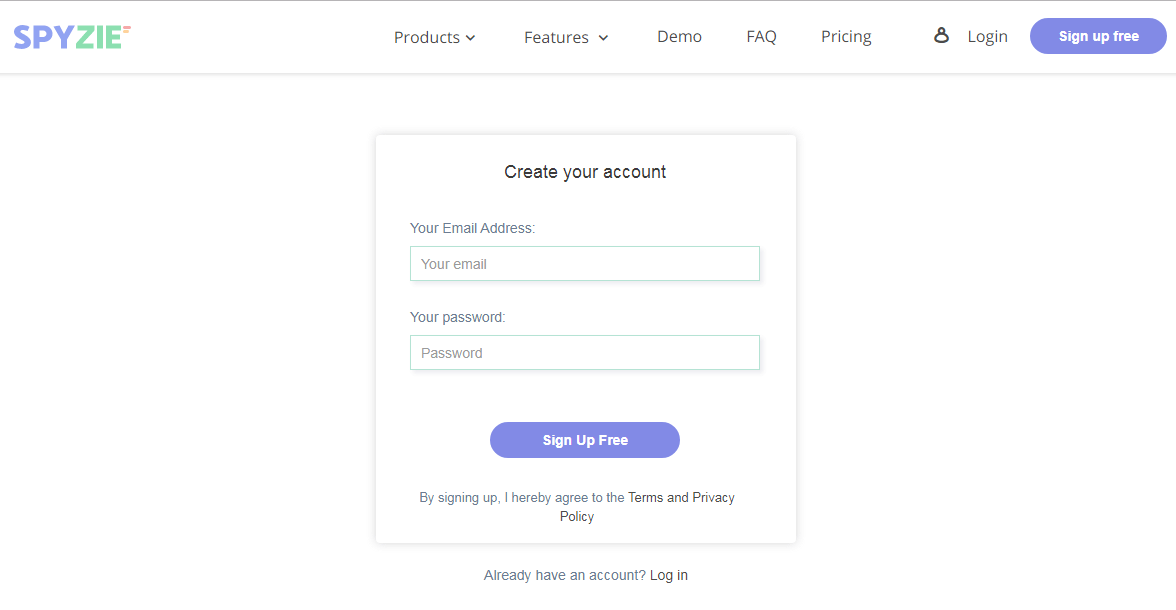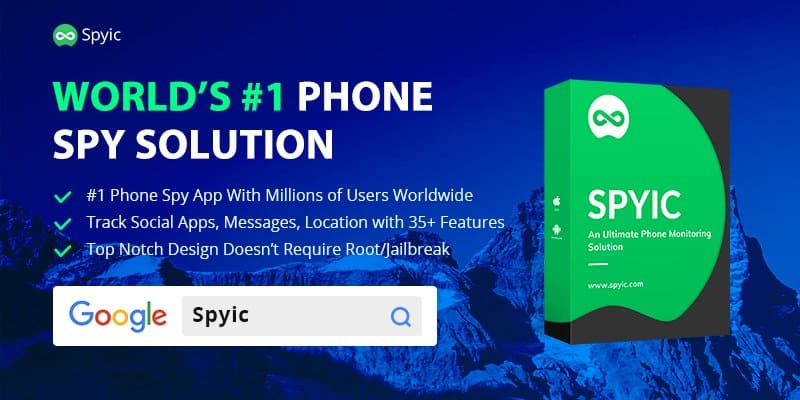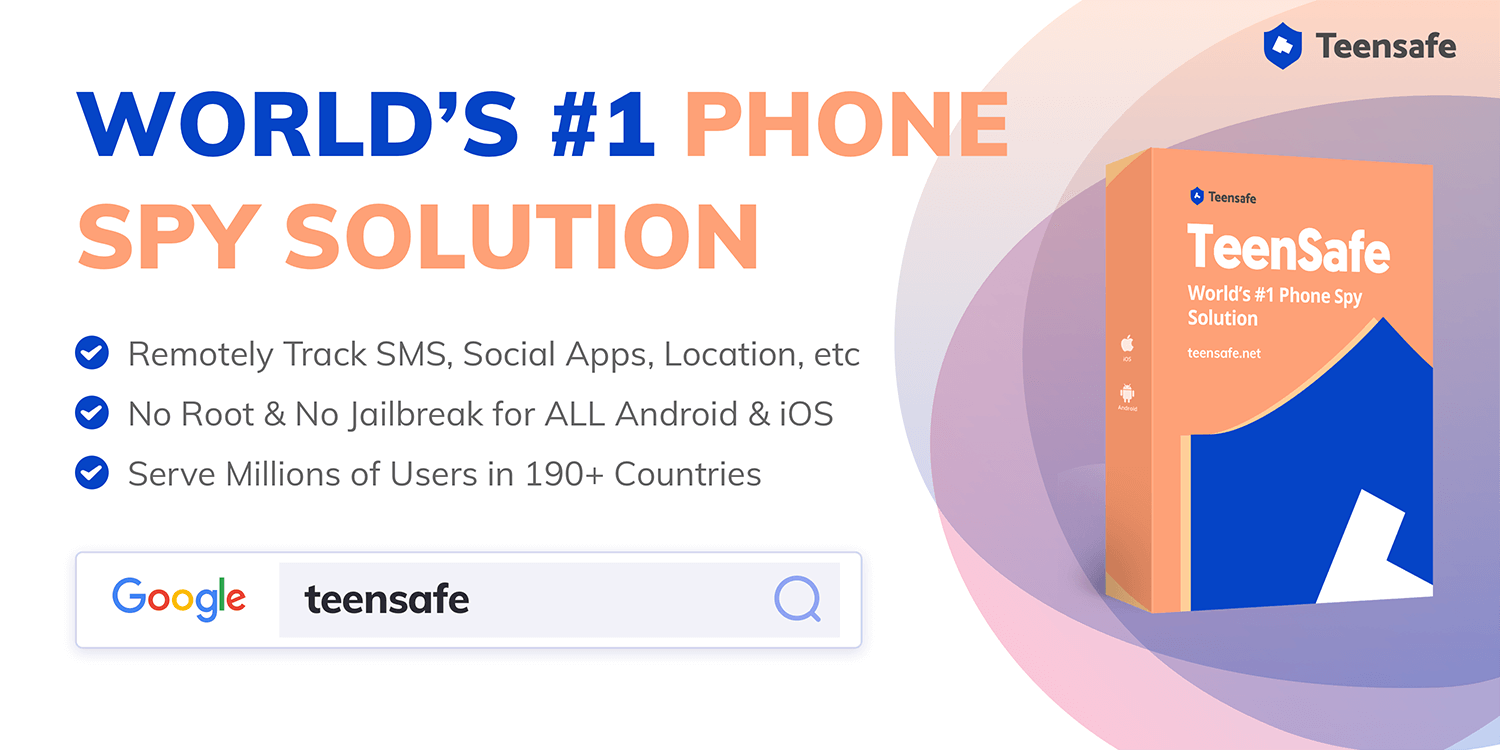
Our phones are built with many functions. One of them is the ability to tell where it is via GPS. Such capability has been advantageous to phone location trackers. When you have a working solution on the phone, it can use the GPS information to tell where the phone is.
Our ten cell phone location trackers are advanced to deploy other phone locating capabilities. So, if you are searching for the next best phone tracking solution, then you are in the right place. You will see how they all work and why we took our time to test and review them.
Part 1: Spyzie Phone Location Tracker in 2020
Spyzie is a monitoring solution that has been used by millions of people across the globe for various functions. One of them is the ability to locate phones without notifying the targeted users.
As it gets the location information, the solution uses the stealth mode feature to hide. So, regardless of the phone, you are aiming at, it will never be visible. Once you set it up, the results are portrayed in your online account.
That implies you will never be near the phone, but the information will be right where you are. The question here is, where do you start? It’s pretty simple if you know how to read and understand. You get started by signing up for an account on the main website.
After that, the setup process depends on whether you are chasing an Android or iOS phone. Spyzie applies to both without any rooting or jailbreaking. In Android, it works with OS version 4.0 and above. All you need is to install the application once.
For iOS, it’s compatible with version 7.0 or later. Here, you can use the iPhone’s iCloud ID after the account registration. That means there will be no download or installation of you are targeting an Apple device.
After the setup process, you can use Spyzie to track someone’s location no matter where you are. The location information will be shown to you via a dashboard in your account. It’s fully compatible with all browsers.
So, you only need the internet to tell you where the phone is. This solution will use the GPS or the phone’s connected Wi-Fi to tell the precise location. It will also use the same to tell you where else the phone was.
If you would like to impose restrictions, that is possible via the geofencing option. It helps you to set up perimeters around the wanted zones and an email to alert you. You always get a notification when the target leaves or enters the specified zones.
You can also locate the phone via the SIM Card option. It tells you all about the SIM Card, where it is, and notifications in case of a SIM swap. This feature is, however, on the Android end. For more information about the locating features and many more, please visit the main site.
How to Locate a Phone Using Spyzie Tracker
Step 1: Go to the Spyzie website and register an account. After that, select the targeted phone’s OS and pay for the plan that suits you.
Step 2: You will later receive an email with all the confirmation details. Use the instructions sent to setup Spyzie on the culprit’s phone. After that, finish up and access your account remotely.
Step 3: Once you get back to your account, the dashboard will be there with the phone’s summary. The features you need will be on the left menu.
To track the location, use the location feature to the map and the location icons.
For Geofencing, use the appropriate option to declare the restricted areas.
Part 2: Spyier Phone Location Tracker
Another tracking application that can help you locate a cell phone is Spyier. You can use it on Android 4.0 and above and iOS 7.0 or later. It also doesn’t need any rooting or jailbreaking to continue.
Androids use a one-time installation. For iOS, the iCloud credentials are enough to tell you where the phone is. Tracking the phone is done online after the setup. All you need is a way to access your account to view the updates.
Part 3: Minspy Phone Location Tracker
Minspy has been used to monitor some of the latest phones on the market. Therefore, it will never disappoint if your target has one of the recent phones. It contains the stealth mode feature that allows hiding as you collect the information online.
Minspy will track the phone’s precise location. It also contains the Geofencing feature for the restrictions. The web portal showing you the results works with all browsers.
Part 4: Track Phone Location with Spyine
Spyine will also get the phone’s location and also the previously visited places. It shows the precise points using the GPS locater or the phone’s connected Wi-Fi. There are also other specifications, such as SIM card tracking and Geofencing.
Using them requires a one-time installation if you are targeting an Android phone. For iOS, you only need the iCloud login details to use the Spyine app.
Part 5: Track Phone Location with Spyic
Spyic is a veteran tracking application that never disappoints. You may have already seen it in major news outlets such as TechRadar and Business Insider. That proves using it will always give the needed results.
You can use it on Android 4.0 and above and iOS 7.0 or later without rooting or jailbreaking. That is why millions of people have downloaded it in 190+ countries. After the setup, the updates are found in your online account.
Part 6: Track Phone Location with Neatspy
Neatspy has the location tracker too to show you a phone’s real-time location. It’s also able to depict all the other visited places. If you want alerts about specific areas visited, you can use the Geofencing feature.
It will help you in placing the restrictions in the areas you need. Neatspy also works on Android 4.0 and above and iOS 7.0 or later. The location updates are viewed via your online account.
Part 7: ClickFree
You can also depend on ClickFree to tell you where a phone is. It’s built to spy on the phone undetectably while the results appear in your online account. You don’t need any rooting or jailbreaking tricks to use it.
This is due to the presence of cutting-edge technologies. ClickFree also doesn’t drain the battery when getting the location information.
Part 8: Cocospy
Cocospy is another early tracking application that continues to help millions of people across the globe. It works with Android 4.0 and above and iOS 7.0 or later. In Android, it requires you to install it once.
For iOS, you can use the iCloud credentials on the main website. Later, you can use your account to tell where the phone is. It will also have the Geofencing and SIM Card options.
Part 9: FoneMonitor
FoneMonitor will also get a phone’s location and all the other visited places. Using it will require an account first before setting it up on the targeted phone. After that, due to stealth mode, your target will never discover it.
The online dashboard will have a map and other phone details. You can use it to know where the culprit is and what else he/she is doing.
Part 10: TeenSafe
Lastly, we have the TeenSafe phone tracker that has proved to be beneficial to all parents. This is an app that you can use on your kid’s phone to determine their activities remotely. It has many features, and one of them is phone tracking ability.
The location feature will show where the phone is and was. There is also the Geofencing alerts in case you need to place the movement restrictions. Other features here include calls, SMSs, and browsing history.
Conclusion
Since you now know about the ten best cell phone trackers, you are spoilt for choice. You can start with Spyzie to see how it works. What we guarantee you is that it will track the phone regardless of whether it’s in Spain or Brazil.
You may also like:- Top Key Features of Snaptik You Need To Know
- The Importance Of Having Proper Hearing Aids
- Impact of Energy Efficiency on Solar Power Systems Calculations
- Maxim Krippa bought the first gold medal of the CS: GO team
- Why Your Business Needs Immutable Storage: An Explanation
- Comparing NFS and iSCSI: Key Differences Explained
- Search the Best Apparel Suppliers for Wholesale Clothes Suppliers
- Salon Equipment Spotlight: Hydrafacial Machines
- From Concept to Reality: Steps for Successfully Launching Your Restaurant
- Maximizing Efficiency with Proxies for Google Scraping





















